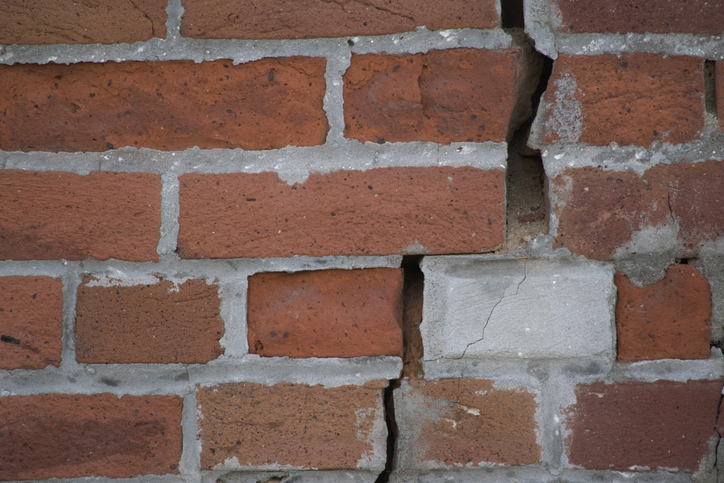When you walk around the outside of your home, you can see the effects of Chicago temperature changes everywhere, from the fading of your siding to crumbling or cracking of the mortar around your bricks. The professionals at Maertin Heating and Cooling have observed these changes in the homes of our customers for decades.
Here in Chicagoland, building of brick suburban homes jump-started in the 1950s. While bricks can last more than 100 years, the mortar in between them does not. Cracks in the mortar along the bricks usually begin for two reasons: the settling of your house, and moisture that gets between the bricks. That moisture freezes then thaws, then freezes, and so on; the expanding and contracting of the water causes the cracking.
The bad news is the deterioration only gets worse because the cracks become a place where water settles. The good news is the fix is readily easy and relatively inexpensive by having the mortar repointed or tuckpointed.
Even though you may hear these terms used interchangeably, they are different repair methods. Repointing is the process of repairing damaged mortar between bricks. Tuckpointing also repairs the mortar, but the tuckpointing process adds a desirable visual element that generates perfectly straight and clean mortar lines.
- When repointing, old mortar is removed from joints and replaced with new mortar.
- Tuckpointing is the process of removing old mortar from joints, replacing it with mortar that closely matches the color of the bricks, and then embedding narrow lines of putty in a contrasting color, called “fillets” down the centers of the new mortar joints. This gives the look of a very thin mortar line.
If the damage is not repaired, cracks will continue to expand because moisture will continue to fill the space and as it freezes and thaws, the cracks will expand. In addition, as water gets behind the bricks, it can deteriorate the wall, inviting mold and little critters. Soon, the simple cracked mortar can become a much bigger, and much more expensive, headache.
Repointing is especially important on brick chimneys. But when your chimney begins to show its age with crumbling mortar, it makes your home seem older than it is. It also could indicate a structural problem with the chimney.
- Crumbling mortar allows moisture between the chimney’s bricks, causing premature breakdown.
- A leaning chimney could collapse onto the home’s roof, causing significant damage.
- As the chimney crumbles, it could block the air flowing out of the chimney, causing a backup of poisonous carbon monoxide in the home if you use the fireplace.
Repointing and tuckpointing repairs are usually done in the spring after the freeze – thaw process has done some damage, or in the fall to prevent cracks from worsening in the winter. If you notice cracks or crumbling mortar, call a tuckpointing service and stop the small problem from becoming much bigger.
Questions about your HVAC system or home care? Just send us an email and Maertin Heating and Cooling will be happy to help!




